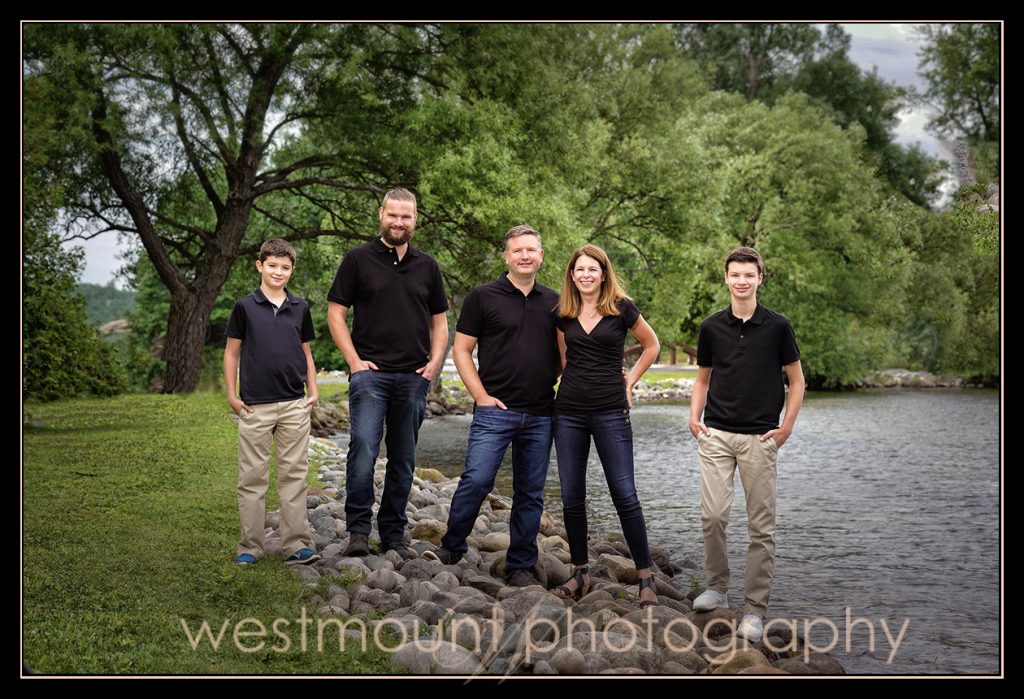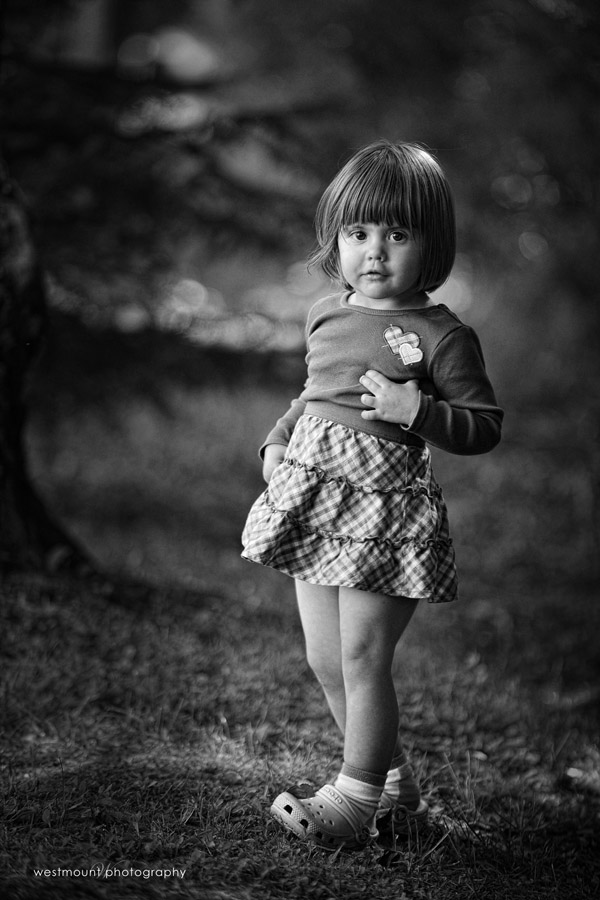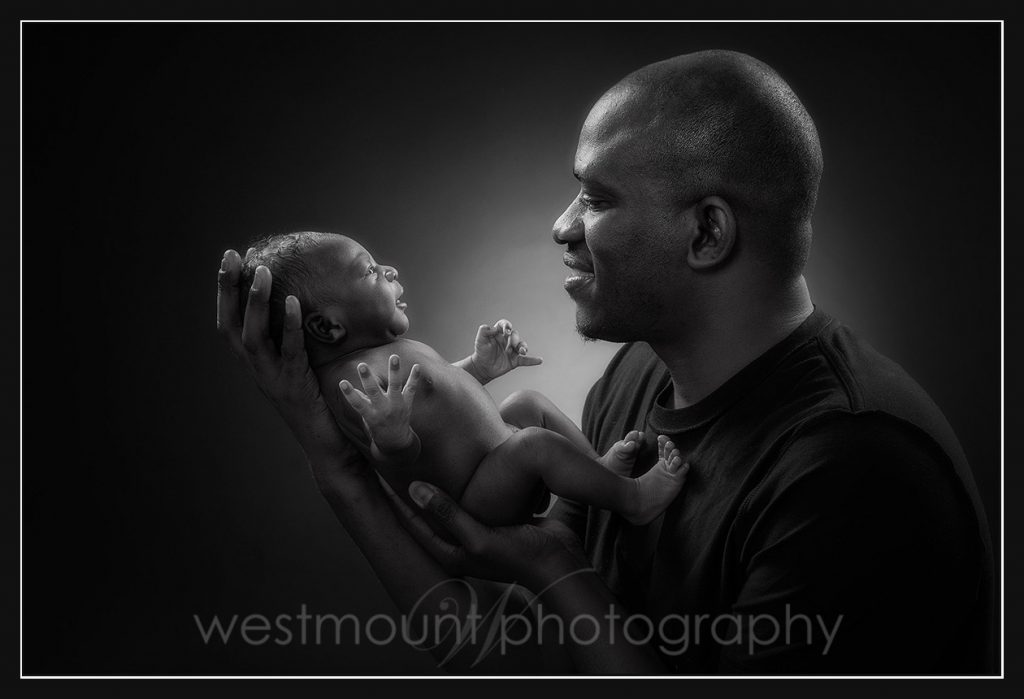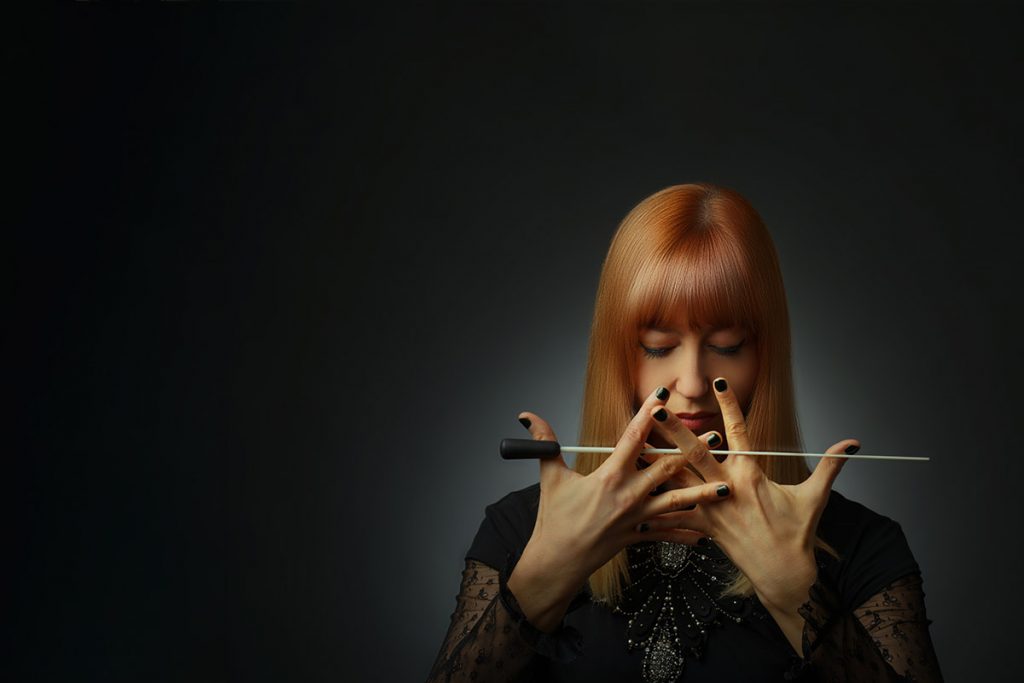Have you ever experienced phantom phone syndrome?
We live in interesting times…
I was workflowing yesterday and listening to a youtube presentation by Bonin Bough, a well known digital marketer.
Check it out…he sez:
*Have you ever experienced phantom phone syndrome? When you think your phone is vibrating. But it wasn’t. Messaging, it appears, is as addictive as cocaine
*What is the last thing you looked at before going to bed? Your partner or your cell phone? Everyone sez phone.
*Average age for a kid to get a cell phone? 12
*Radical transparency. Everyone can see you, what you are, what you’re up to, all the time.
*When kids go to college, the never ending, constant conversation does not stop. You know what they are doing now.
*80% of newborns have their pics up on social media within the hour
*People are lying to their friends so they can go to the bathroom ans check out Instagram
Love it. Or hate it. We can use these trends to our advantage.
I use Hootsuite for my photography business.
The key is to use social media effectively.
Yours in photography and success,
Robert Provencher
Seriously….you play favorites? What’s My Favorite Aperture?
Bigger, faster, wider…that’s my rule of thumb.
In other words, what is the widest aperture I can get away with considering:
- lens choices available
- situation….in other words, what and who am I photographing
- the lighting and certain challenges, limitations or options available
- the subject matter
Some examples, from recent shoots….and some explanations as to why I used whatever aperture I used.
Family sessions outdoors….I shot this at 5.6. I would have easily gone wider, BUT, I had a beauty dish and was limited to how wide an aperture I could use due to the maximum shutter speeds available. In this case, no faster than 1/200th of a second. Yea, I know, high speed sync would solve this. Working on it….
Two year old…..shot at 200mm at 2.8. I kinda, sorta got lucky. As you may know, with a two year old, that’s the way it goes. You do your best, and get what you get. The stars were all aligned in this shot. The lighting, the subject and me. She gave me a nano second of her time. I love shooting at 2.8 for obvious reasons. The selective focus, bokeh and compression.
Another outdoor shot at f2.5 at 1/200th of a second. This is the Zeiss Batis 85MM 1.8 lens. In this scene I am limited because of the ambient light. I would have opened up the lens even more, but couldn’t because I was syncing my beauty dish to the maximum shutter speed of 1/200th. Yes, I know…high speed sync. I am on it.
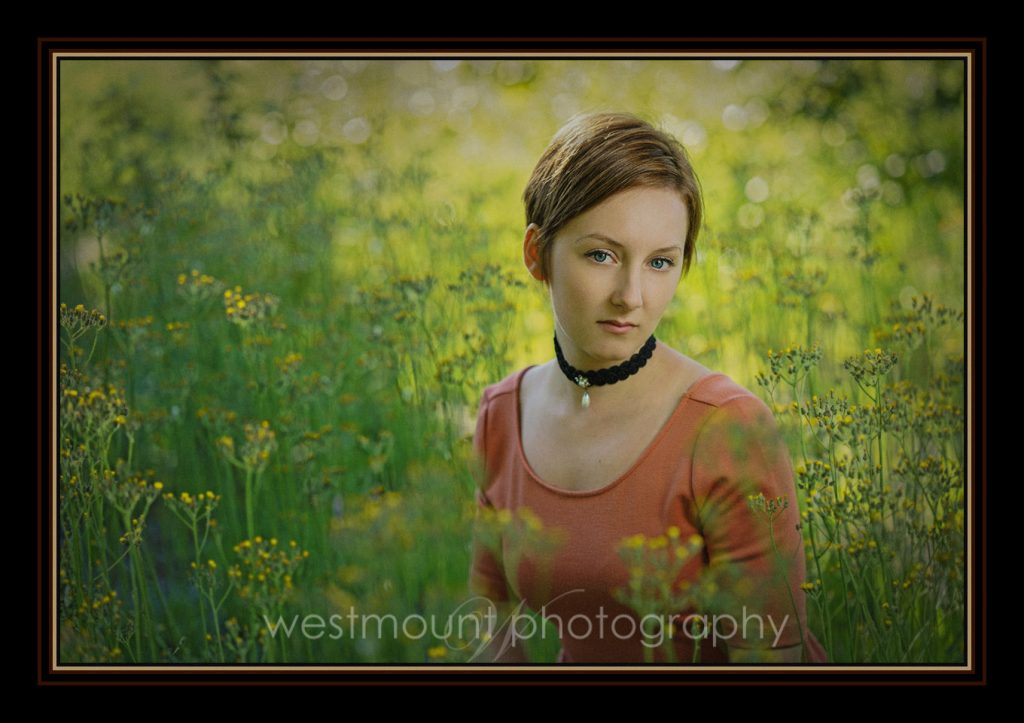
Studio sessions. I use f8 as my go to aperture.
Why? It’s functional, there’s no real need to push the lens wider. Meat and potatoes….Two examples below.
Commercial gigs……first shot, wide angle lens….aperture plays a small role so I’d use f8 in a scene like this.
Commercial gig for restaurant….here I used a 200mm at 2.8
Family on location….200mm at 2.8 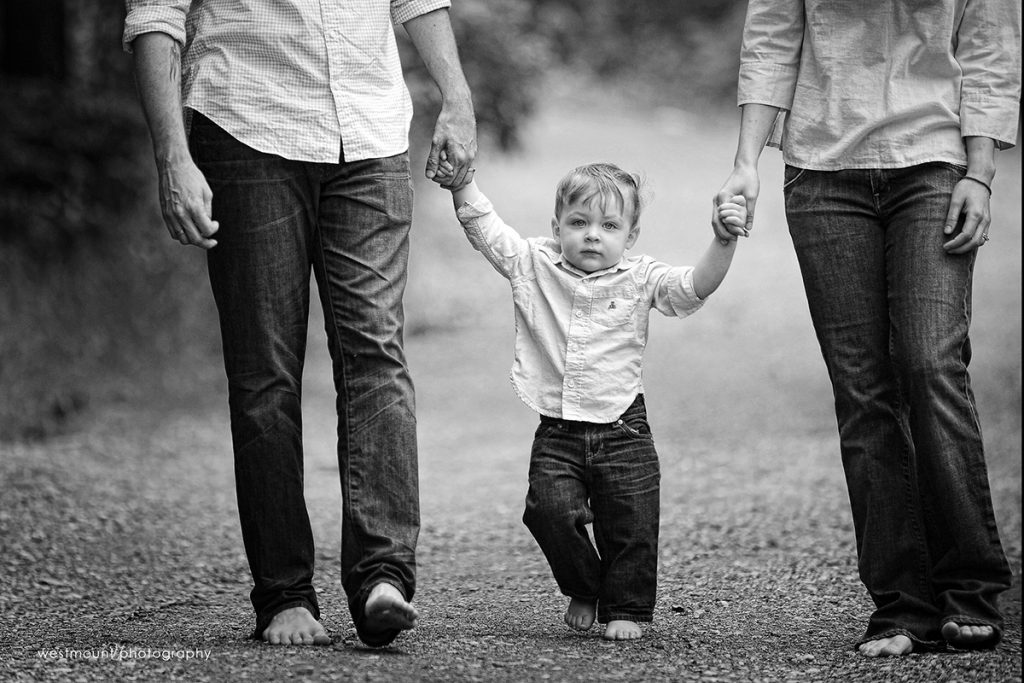 Family in studio….at f8
Family in studio….at f8 Family on location….200mm at 2.8. This is risky! You need to be very confident everyone will be in focus and on the same plane. This becomes a judgement call. I called it, and it worked. Had I not been so confident I would have likely shot this at around f5.6:
Family on location….200mm at 2.8. This is risky! You need to be very confident everyone will be in focus and on the same plane. This becomes a judgement call. I called it, and it worked. Had I not been so confident I would have likely shot this at around f5.6: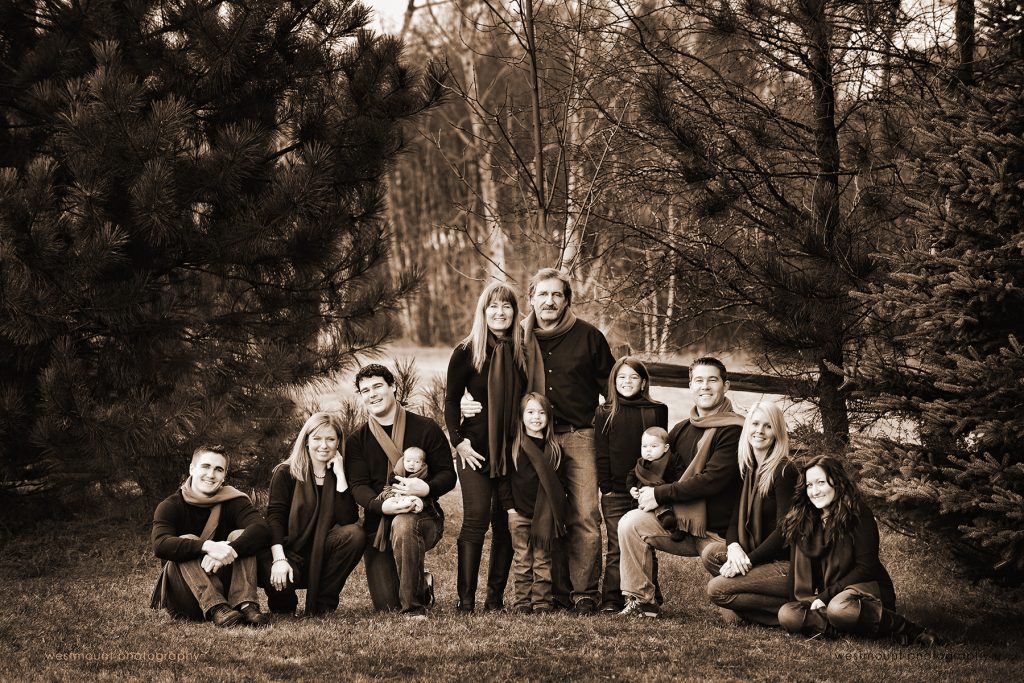
This family in studio shot at f16…I needed to get every one in focus, so I cranked up the ISO and the lights so I could shoot at that aperture.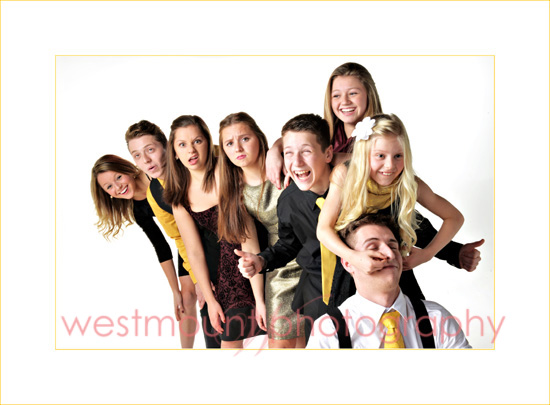 Two more…scenic shots. Scenic photographers use this strategy a lot. Shoot at about one stop wider than the smallest available on the lens. In this case, using the 14-24 Nikon lens, at 14mm, at f16. This ensures front to back sharpness.
Two more…scenic shots. Scenic photographers use this strategy a lot. Shoot at about one stop wider than the smallest available on the lens. In this case, using the 14-24 Nikon lens, at 14mm, at f16. This ensures front to back sharpness.
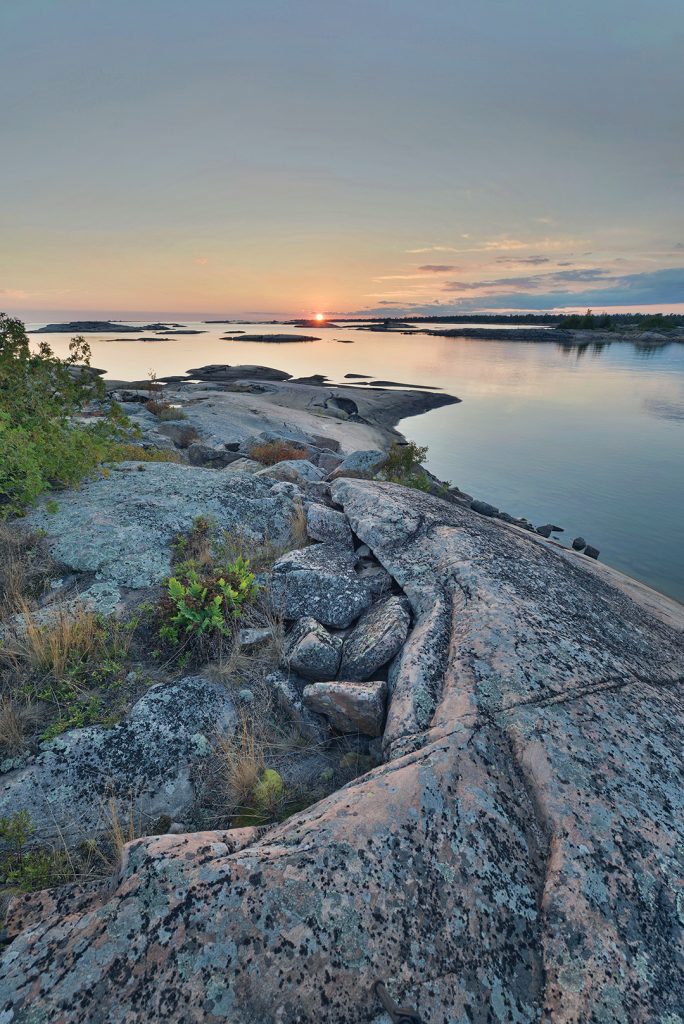

If photography were as challenging to master photography like it once was, 99% wouldn’t even pick up a camera…
Yes, there was a time, pre-digital, when photography was much, much harder to master.
And this created a vacuum.
And a market. An ‘easy’ one for the willing.
If you were willing to learn and master, somewhat, the complexities of photography, and you have half a head for business, you could do alright.
And make some money with images that, in todays standards, may get tossed.
Sounds weird, but true
And we felt special, yessssir. We were magicians, wizards, who knew the secrets to this amazing craft that so few knew.
It was like a secret society.
Truth is. It’s gone. Poof! The genie is out of the bottle long ago….
but you knew that.
I for one am over it. Long ago….
Me thinks in many ways I am a realist. And to me, it was, is and always has been a business moreso than a craft.
Let me repeat that….it’s a business. Photography is, sez Yoda.
As the ease of entry rises, the need for marketing rises too.
(Unless it’s a hobby)
It’s a hard cold reality behind the industry. But, for those who get it, and understand that when you become a marketer of photographic services first and photographer second, you have a much, much better chance at making some dough.
Because of the mindset. Big difference.
The mindset of the photographer who rises above this, rises above their ego and childish ways, and thinks, acts like a strategist, creating innovative moves to build a business…well, think of a sprawling metropolis.
Not a vacant lot.
Big difference…..
What about you? Did you get into photography because it was easy?
If you did, there is a good chance you have the same mindset. One that’s always looking for the easy way to make moneeeee.
Or, are you serious about turning it into a business?
Think about it….and chose a direction.
Yours in photography and success,
Robert Provencher
“If you want to be a profitable and successful photographer, then study profitable and successful photographers.”
How and why I teach photography 101 in my community
I was asked a few years ago to teach a photography 101 class at our local library.
At first I was repulsed by the idea. But after some consideration I gave it the green light with a few conditions:
*The class had to be for serious amateurs. I didn’t want a basic 101 for those
with zero experience
*The class size limited to 12 attendees
Fine. They set a date, announced it, filled up the class with about 20 on a waiting list.
Whoa….ok. The interest is there.
After I ran my first series I noticed a few things:
* the students were eager. They ALL showed up consistently and ALL did their assigned
homework
* I really enjoyed teaching it.
* My style of teaching seemed to be a hit.
Go figure. It was working.
And I had NO idea what I was doing insofar as exactly what to teach. I made it up as I went along, following certain parameters:
*I did NOT want to go all techie, you know, let’s look at ALL the camera settings, file types, bla bla bla
*I wanted to PUSH the students to learn to SEE light, learn composition and create a style their own
This of course required some serious distractions. And this was of paramount importance to me.
Teach them to see, and they’ll learn for a lifetime.
I bombarded them in each class with establishing my credibility (showing images I created), going over the basics of exposure (ISO, Aperture, Shutter Speeds) and how tones & light works (source, distance, angle,shadows, mid tones, specular highlights).
Rinse, repeat….over and over. And do the same while going over the images they submitted each week.
This worked. NO endless rambling about camera settings. Just pure learning the art of “seeing”.
My version of tough love.
They never asked about histograms, file types, camera types, lenses or any other academia distractions.
The way I see it, those questions will arise and get answered organically as they master the art of seeing.
I wouldn’t want to teach this any other way. It wouldn’t be fair to them, and it won’t be nearly as fun to teach.
So when Kirk Saint asked me how I taught these classes, I offered to run a webinar style meeting. Which I recorded, and placed in the forum.
That, AND my powerpoint files for members to use as models in case they want to teach something similar in their community.
Yours in photography and success,
Robert Provencher
“Why do you use the beauty dish on location all the time?”
A photographer asks me:
“Why do you use the beauty dish on location all the time?”
“Wind, it’s the wind. This light works much better in the wind. When there’s a breeze, it’s much harder for my 5.0′ wife to hold the light in place when I’m using my preferred light, the 50 inch parabolic shoot through.”
Truth be told, it’s the circumstances that are dictating the process and tools used.
THAT, plus, well, it’s a REALLY nice light source. Let’s not forget that.
Otherwise, light is light. As long as I know how to work it.
Last week I gave the monthly lighting mastermind meeting and shared many examples from legit, real, in the trenches photo sessions.
With real, breathing, legit, paying clients.
That, plus a whole lot more on lighting, from real sessions.
Members can access the replay in the forum.
I also presented a unique Mastermind Marketing meeting on how I teach photography 101 in my community.
For those who are interested in teaching photography 101, this is good info to know. It helps expand your studio brand in your community, boosts your expertise, plus, it’s a ton of fun teaching.
I created a unique style and my students have told me they really enjoyed it.
I also added my powerpoint files from each lesson for members to MODEL.
Access HERE.
Yours in photography and success,
Robert Provencher
How to create photography that people want to buy…
Here’s a simple idea.
Find a hungry market, and feed them.
In other words, for those running a photography studio, find out where there are hungry markets for a particular style of portrait photography…..and sell them some.
How cool is that?
Why then do so many miss this? I think I have a theory.
But first….let’s ask this question:
“How does it look when we miss this basic marketing tenet?”
Simple. We ain’t making much money. That’s one key indicator.
Another….The phone isn’t ringing.
More….Our mom loves our work and sings our praises.
(I’ve been saying this for years….never take business advice from your mom.)
She loves you too much.
Likewise, never take advice from the dude selling cameras at the camera store.
He knows jack squat about running a photography studio and making moneeee at it.
Think about it. He’s selling cameras. We tend to glorify them….duh…
We shoot sunsets, tree stumps in swamps or little animals….and oh, we also shoot many hot looking ladies….
….everyone loves those.
We’ve been artistically rendering women since way back when the first dude painted a mammoth on the cave wall….
“Hey, can you draw groks girl…she’s hot!” one caveman said to the other.
These are all easy and fun things to photograph.
Heck, we can even make some high impact images!
But can you make a business? Make some dough…..?
Create a long term, reliable and solid photography business that you can rely on, year after year?
Okay, my theory. You may have heard this from me before. It’s still a good one and good to know, in case we fall victim ourselves.
Ego. There. I said it. Even better, childish ego.
We think because we easily created some images, we’re amazing. Ego.
We think, magically, somehow, because of this, sales will happen.
Running a serious photography business is another ballgame all together.
It requires a serious and dedicated, ego-free mindset.
Sure, you can have fun. Bask in the glory of your success. Those are all typical ego driven behaviors. We all have that. It’s healthy.
But don’t fall trap to the lesser levels of childish ego.
The truth is, it requires a boatload of courage, determination and a great big set of brass balls.
Oh, and discipline. Lots of it.
Throw in there a healthy mix of reality, staying grounded and ego-free, and if you have a decent product with your photography and you don’t let your ego rule the day, you have a fighting chance.
But keep it real folks. Find a hungry market.
Last I checked they ain’t buying pics of sunsets and stumps….as fun as these are to shoot. (I shoot em all the time…).
Families, events, weddings, babies, children, on and on…seems to be where it’s at.
Where the ground is fertile with opportunities to create products that they want.
Yours in photography and success,
Robert Provencher
“Ideal for the community based wedding and portrait photographer who wants to grow
a profitable and successful business with weddings, babies, families, commercial…
You won’t find more real-life, from the trenches content than the
NoBs Photo Success™ Inner Circle Members Forum. No Hype. No fluff. No egos.
No prima-donnas.”
JOIN US
“Imagine if you would have been stuck in that prison the rest of your life?…”
Success is easy. Norman Vincent Peale had the right idea in 4 steps:
1-Decide exactly what it is you want.
2-Make it a primary goal. Make it big. Make it important.
3-Establish a series of yearly, monthly, weekly, and daily objectives to achieve that goal.
4-Fight the urge to give up along the way. This is easiest when you have clarity.
My own experience bears this out: you can achieve almost anything you want in life – even if you don’t have much faith in your own abilities.
Lack of self-confidence, Peale said, “is one of the great problems besetting people today.”
He makes reference to a survey of college students indicating that for 75 percent of them, confidence was the thing most lacking in their life.
No one knows this more than I do. No one was more afraid, lost and burdened with the stress of life than I.
Just last night over supper with friends we were recounting our early 20’s (we’re all in our 50’s now, healthier, wealthier and wiser…)
I told our friends about how petrified I was when I was 21. Working full time in a darkroom.
Loving it, good at it. But ready for change and ready to start a new job photographing school photos for a large national company.
That first year shooting was horrible. I was in a constant state of panic. I had anxiety attacks that were unrelenting. I wanted to check myself in to the local san.
When asked how long that went on for, I answered: “A whole year.”
It took me one whole year of photographing hundreds and thousands of students to finally, FINALLY get a handle on it.
In the second year I started to get a sense a confidence. I started a new skill set in those early years. But I had a long way to go.
“Imagine if you would have been stuck in that prison the rest of your life?” was a comment.
“Yes, crazy! I always look back at those years and wonder what would have happened had I let the fears and anxieties rule me. Rule my destiny. What if I would have embraced it and made it my closest friend, my dearest ally? What problems would have and could have arose? What medications would I have chosen to eventually fight that battle?”
Crazy stuff when I think about it.
“The blows of life, the accumulation of difficulties, the multiplication of problems tend to sap energy and leave you spent and discouraged,” Peale says.
In such situations, “it is easy to lose track of your abilities and powers” – but by re-appraising your personal assets, you can convince yourself that “you are less defeated than you think you are.”
Part of me is glad I went through all those times. They made me who I am now.
I persisted. I did not let myself get defeated. Easy? Not for a second.
Worth it? What do you think?
I grew because I persisted. I faced the fears and moved ahead in spite of them.
I created goals. I studied and fed my mind a constant flow of books, seminars and new ideas. I pushed hard.
I fought the demons that tried so hard to rule me.
And you can too. Be true to yourself.
Be fearless my friend.
Yours in photography and success,
Robert Provencher
“If you want to be a profitable and successful photographer, then study profitable and successful photographers.”
